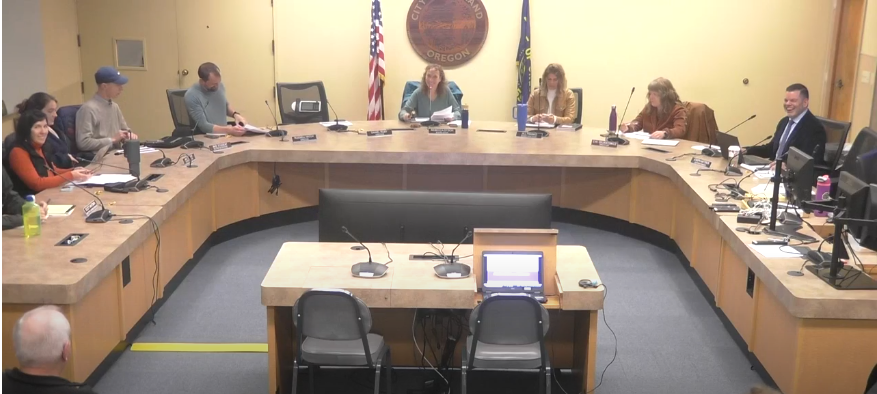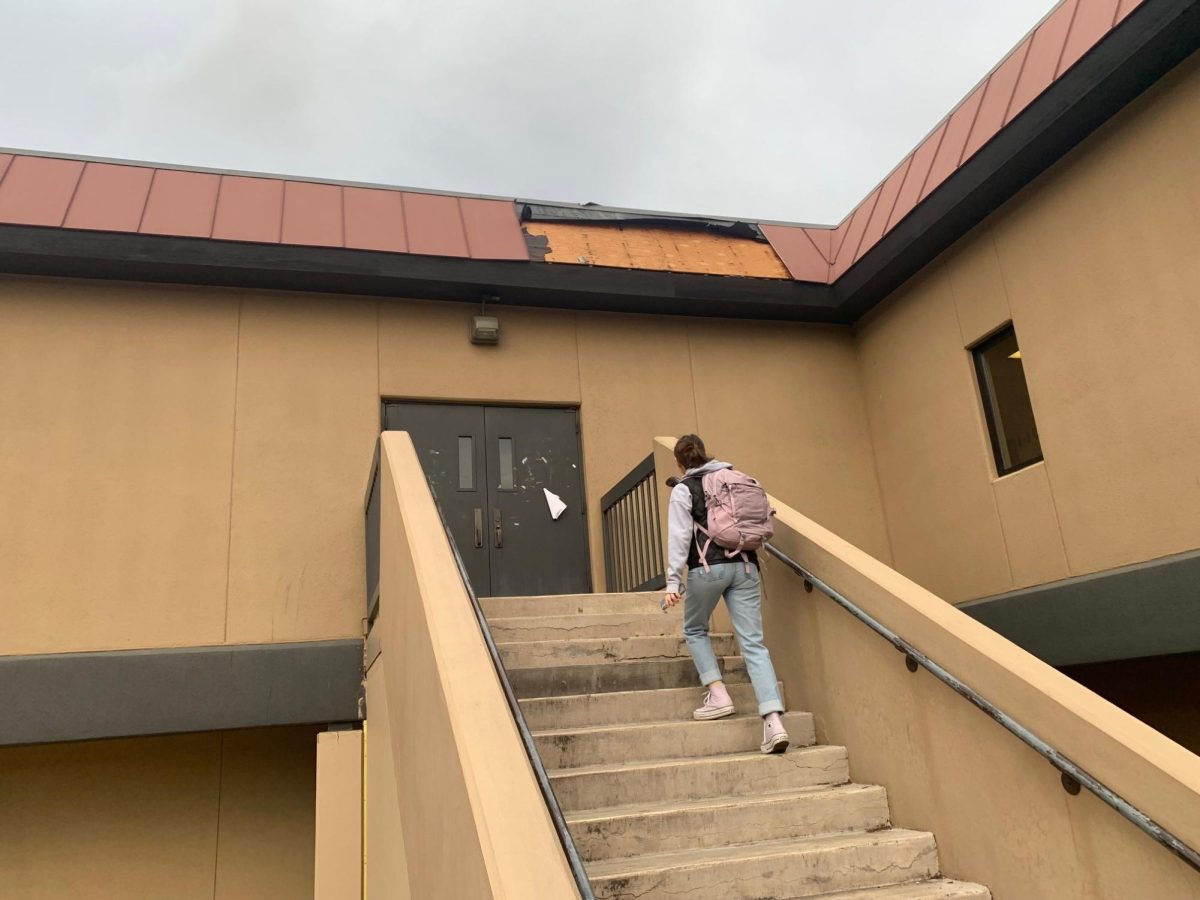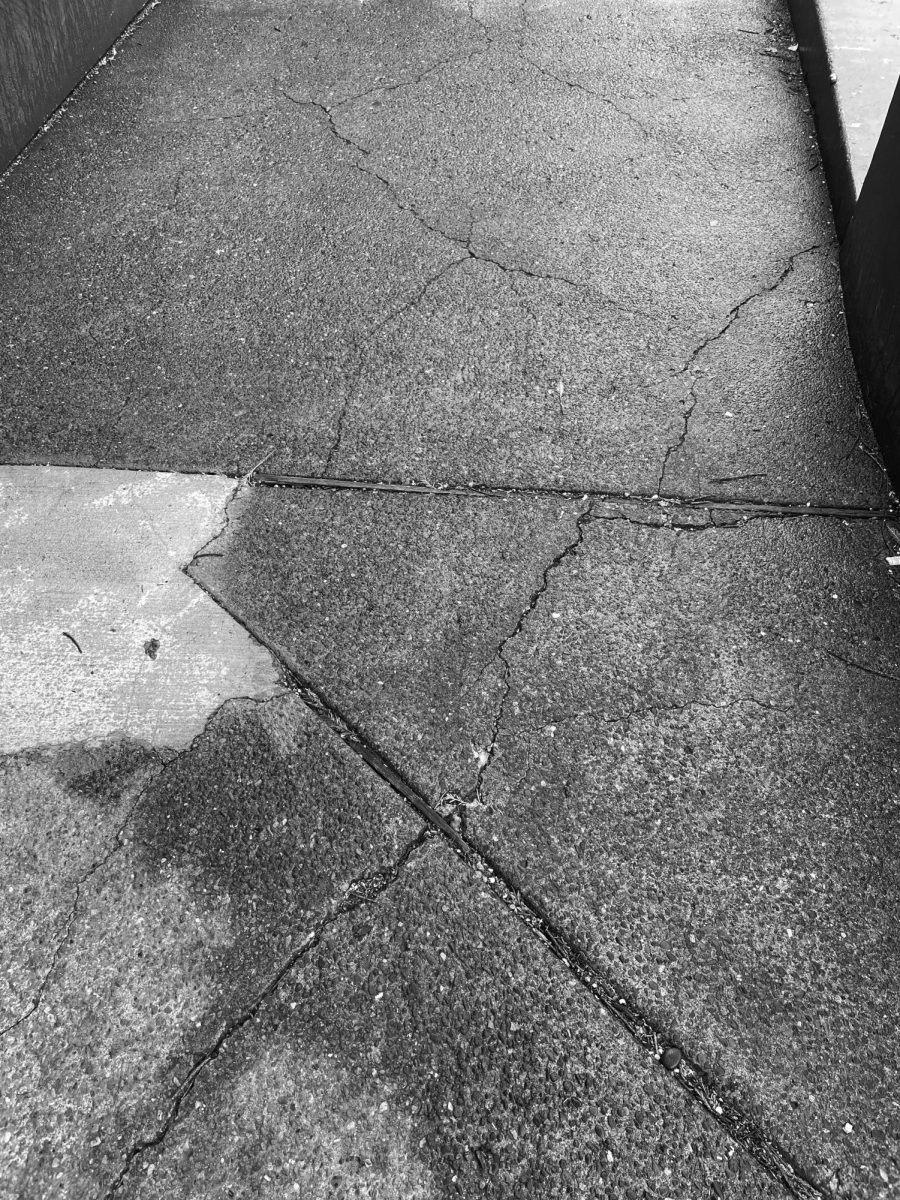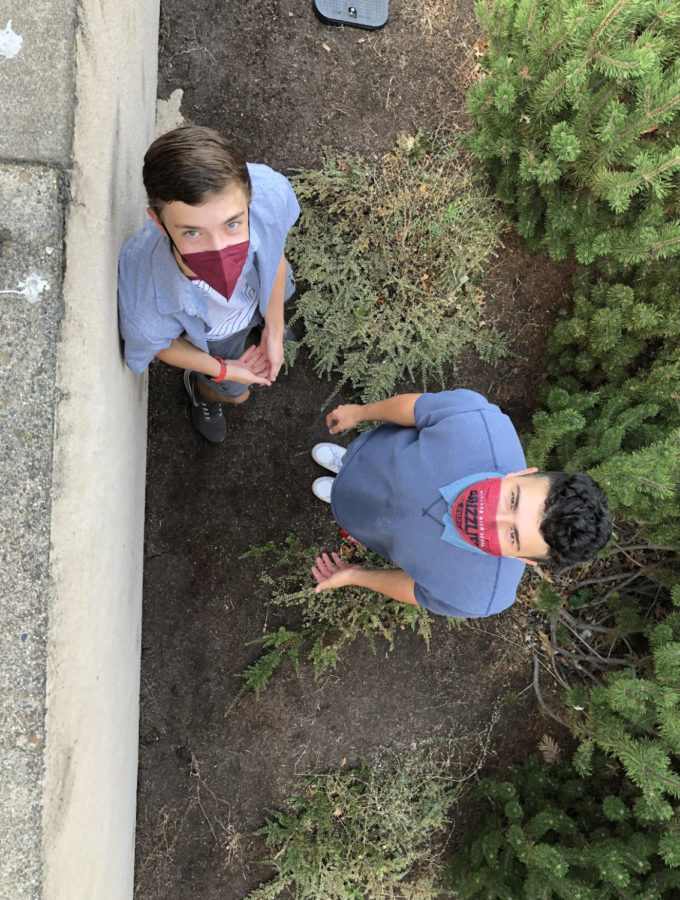Like a little fish lost in the deep blue sea, Ashland went completely underwater as waves crashed over buildings and cars. This will remain in our memories as the Flood of 1997.
On New Years Eve 1996, extended precipitation from snow and early snowmelt caused the streams and creeks in the Bear Creek watershed to rise to levels beyond anything recorded in the previous 100 years and to flood many urban and rural areas.
Janet Renteria, a current local new to Ashland at the time, reported that she was driving back from Los Angeles with her family, consisting of two kids and a baby. It was cold and rainy when they arrived to their Ashland home on New Years Day. After being in town for a few months, the flood was a surprising and dreadful experience. When Renteria heard about the flood, she had immediately filled her bathtub with water but after two weeks of no water, the water unfortunately expired and couldn’t be used for bathing.
Getting back on track for Renteria was a slow process. It was hard for her to trust the city officials and she didn’t know whether or not the city water was safe to use. “Water is the lifeline to any community,” Renteria commented.
Pam Wallace was living in the Helman school area when she was cut off from the south end of the town by the flood water that was running through town in The Plaza, down between the skate park, Ashland Christian Fellowship church, and further down Nevada St. The water was rushing through and undermining the bridges which meant people couldn’t drive on them. If Wallace and her family wanted to get anywhere in Ashland, they had to take the freeway south and get into Ashland that way.
They had to drive to certain locations to get water in jugs, buckets and pans from an army truck that was hauling it in. The closest location to Wallace was Safeway. Everyday she had to get on the freeway, get off at the South Ashland exit and drive up to Safeway to get water. She also went to her mom’s house in Medford to shower and do laundry. They also were forced to eat off of paper plates. “I thought about how much time it took to just get the basics,” Wallace said. “It did make me more grateful for the life that I usually enjoyed.”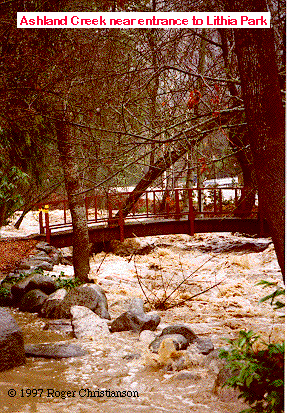
“At first, the flood was pretty exciting to watch. I was a little in awe of the power of the flood, it had once been the quiet little creek,” she mentioned. “But then realizing how dangerous it was with the road and the bridges being worn, I was glad when life got back to normal.”
Geann Kollar stated that her and her family had no electricity or water for a week. They went to the Oregon Armory for water and used their fireplace for heat. They slept by the fireplace and tried to make the best of a bad situation. They now try to have firewood and water in reserve in case of another emergency like the flood.
We stood up above and watched the water flowing through the plaza down Water St. It was very scary.” Kollar said.
That flood showed Ashland one of its worst New Years days, but it will also be its most memorable.


